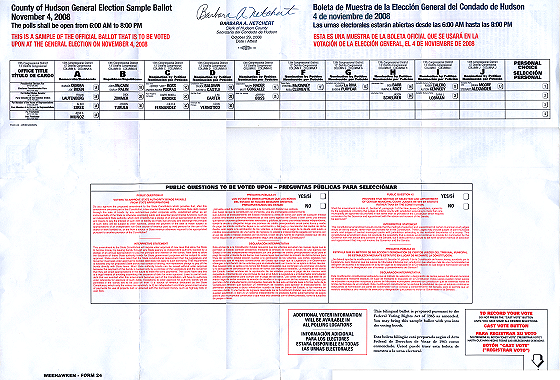20 Nov
I Still Can’t Believe It Happened
Today I went to the bank to deposit a check. When I was finished, the teller asked if there was anything else I’d like, and I jokingly said “I wouldn’t mind taking some of that 6″ stack of $50 bills off your hands!” She replied “No freebies today” and we both laughed as I replied “Maybe another day…” and walked away from the window. On the way out I went to the ATM to get some cash. As soon as I had my two $20 bills in my hand, and before the cash door closed, the machine barfed out a 3″ stack of $20 bills! I grabbed the bills, and waited for the machine to spit out my receipt, but it was apparently in a bad way, beeping madly while locked up. So, I took the $$ back in the bank and handed it to the same teller and explained what happened.
There was never any doubt, either before of after, that I would return the cash — it wasn’t mine, I knew where it came from and had the ability to return it to its rightful owner. But the striking thing to me was the fact that not one thought of maybe keeping all or part of the cash occurred to me until *after* I’d already returned it. Naturally, there are cameras on all the ATMs and in the ATM lobby, so if I’d tried to keep any of it, they’d know who took the money. But I didn’t even get close to that line of thought, because it was just automatic that I give it back, and it was done before I had a chance to even consider any other option.
Now, I don’t post this simply to pat myself on the back — instead, I’m expressing my surprise in retrospect that I acted so honestly, and that the thought of taking the $$$ didn’t even cross my mind. Yes, I’ve always thought of myself as an honest person, and would never take the money, but if I’d had to forecast my reaction to this situation, I would have at least *thought* about keeping it.
But that didn’t happen.
My last thought: the ATM model for voting machines (which has almost never been implemented) was perhaps not as good as I used to think it.

